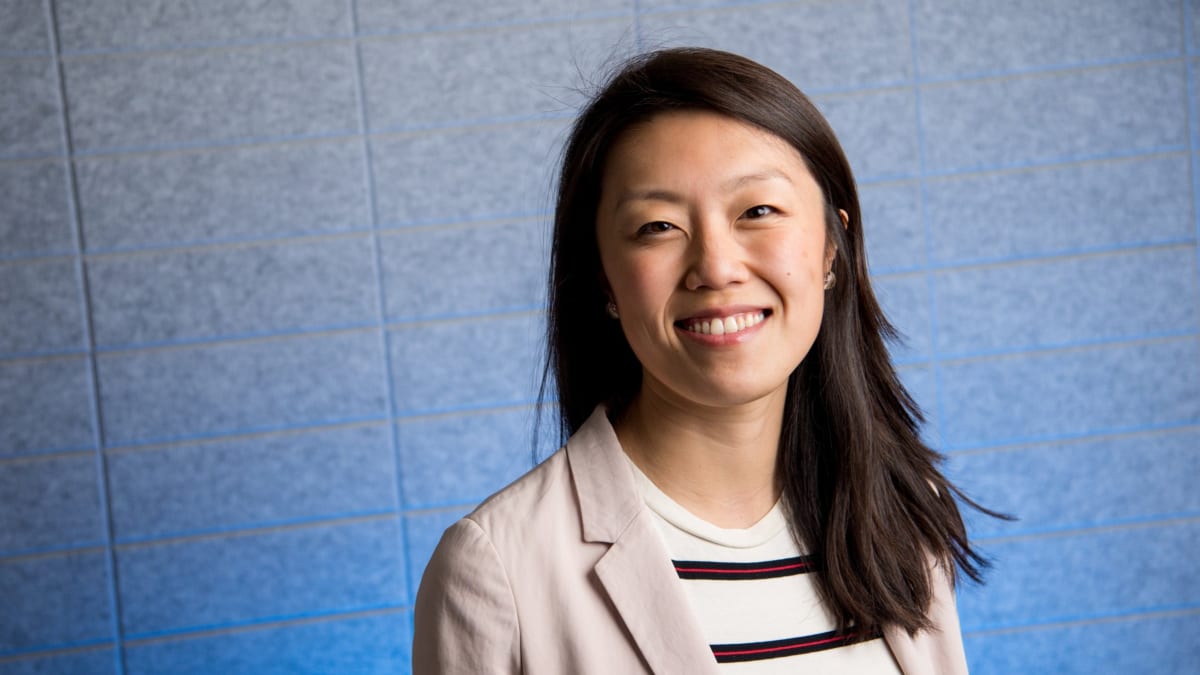
Nancy Yu (RDMD)
Abundant funding, sparse data: San Francisco startup backs 'real world' model for rare disease drug development
Rare diseases, a field of drug development where funding far outstrips research on often poorly understood conditions, can leave scientists often reinventing the wheel to …
Sign up to read this article for free.
Get free access to a limited number of articles, plus choose newsletters to get straight to your inbox.